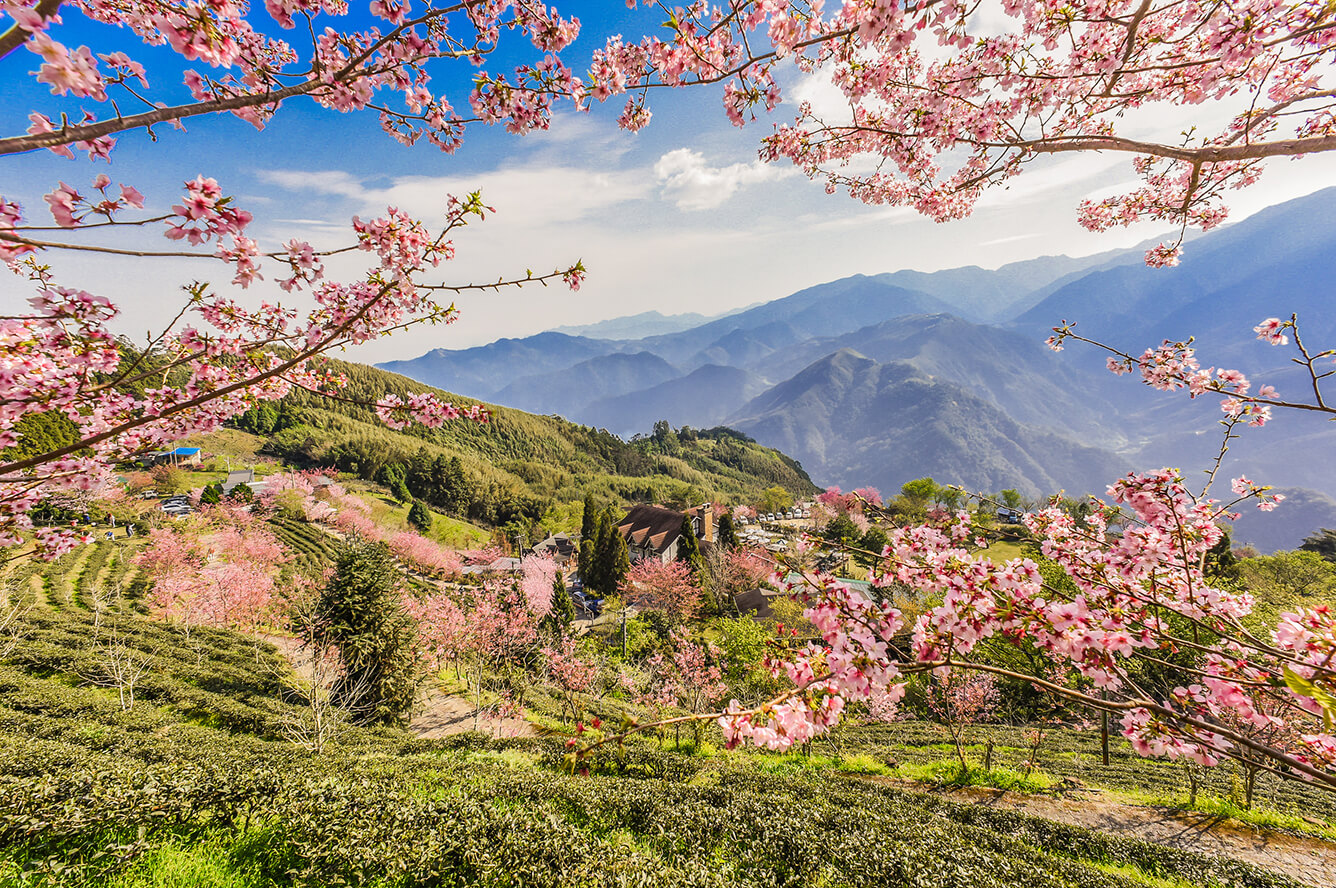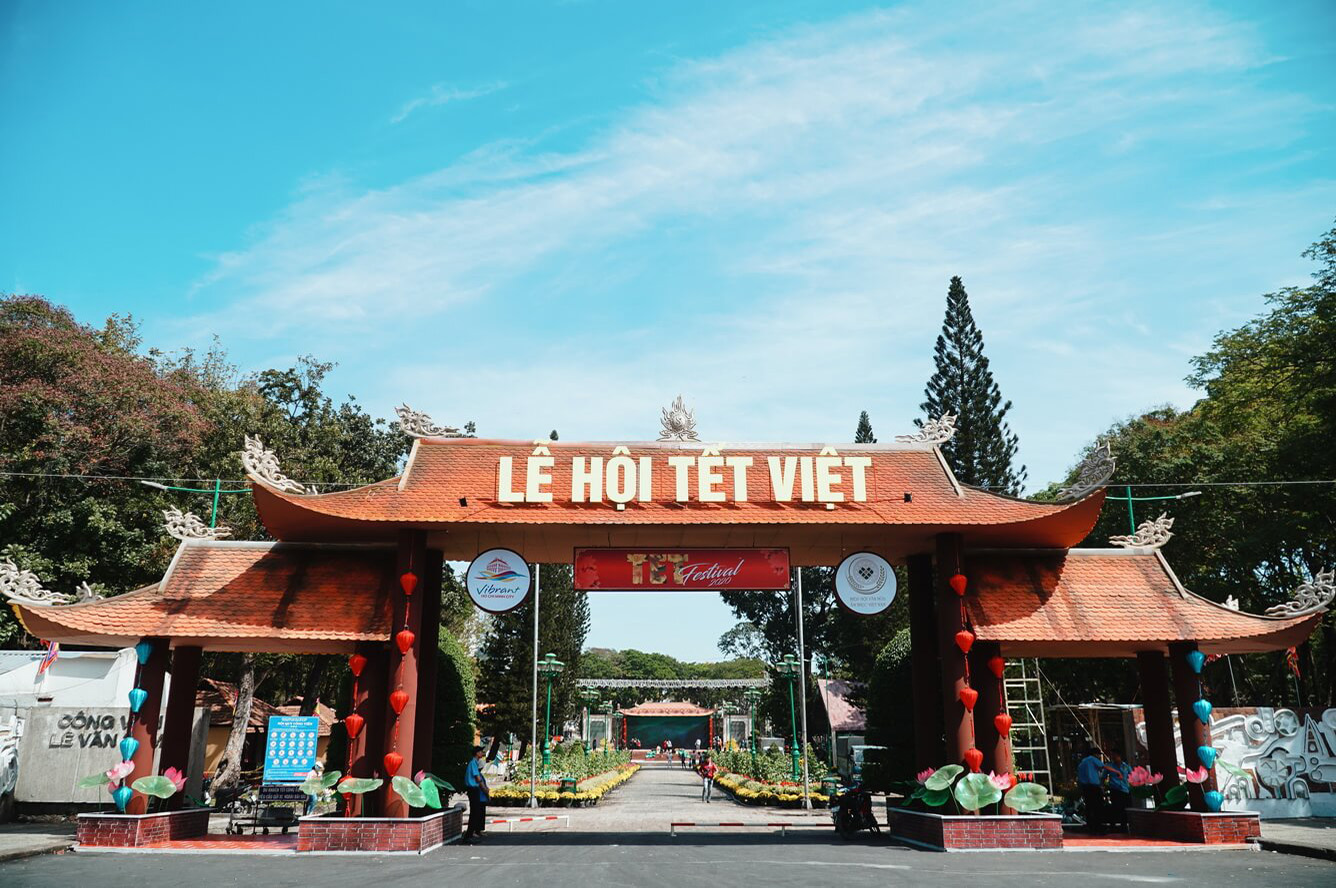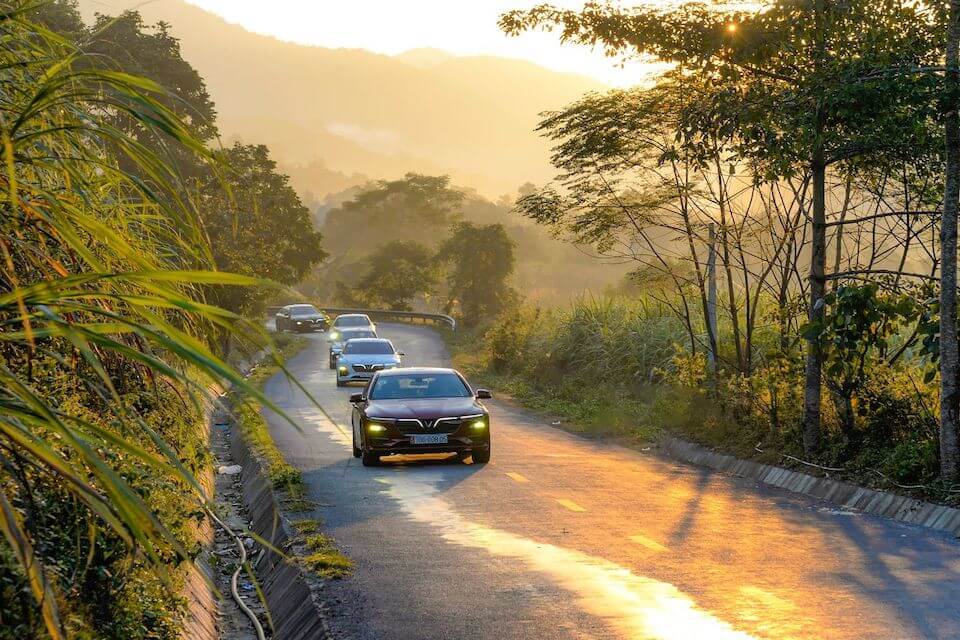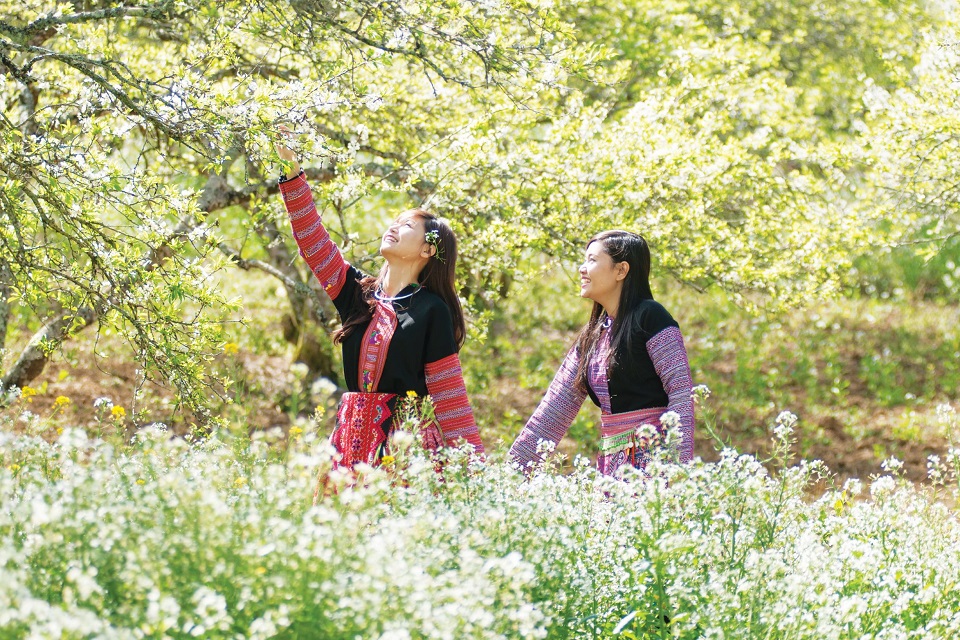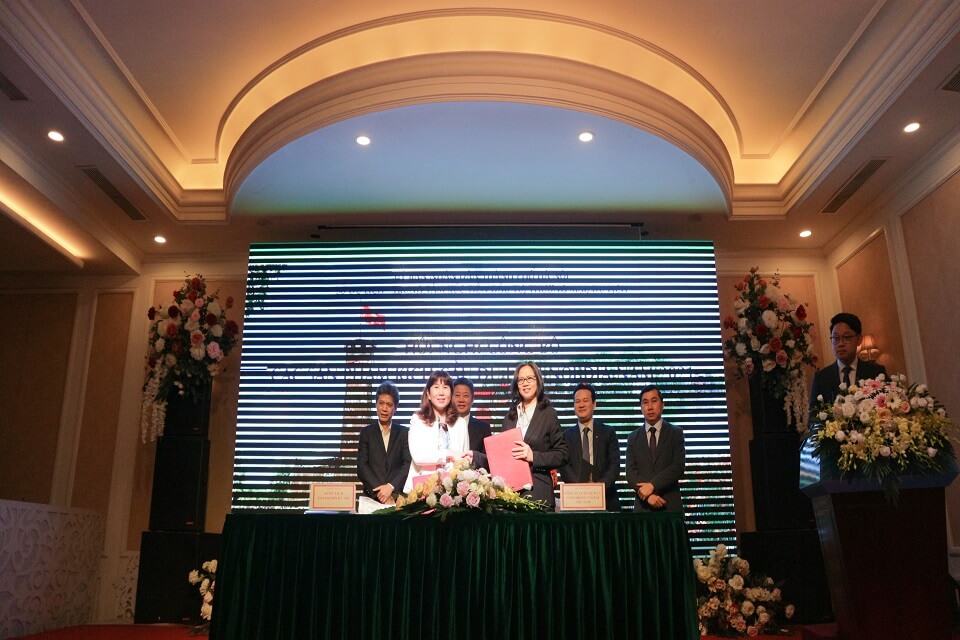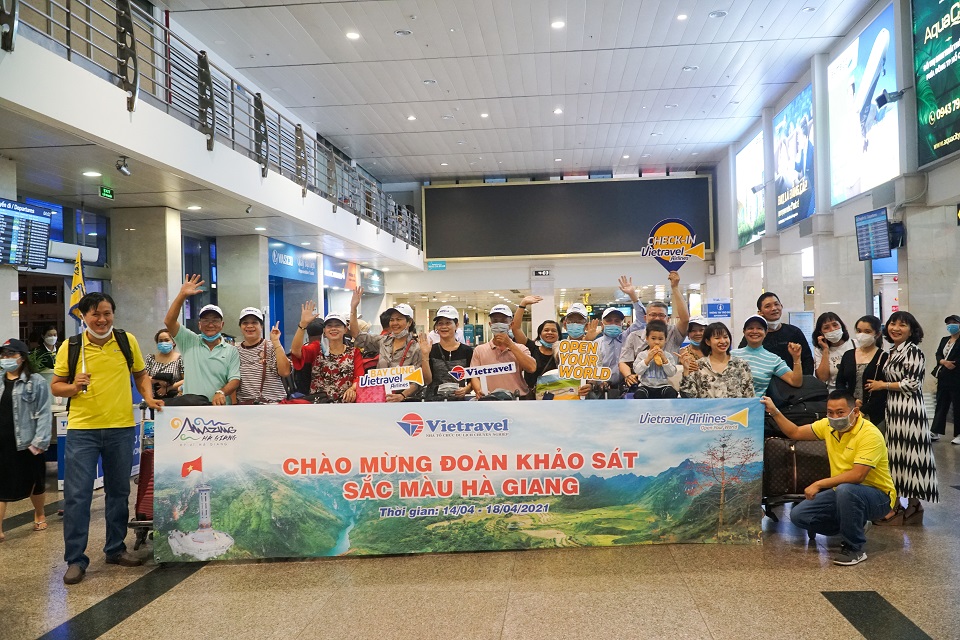Best spots and guide for cherry blossom viewing in Tokyo
Japan is world famous for its sakura, or cherry blossom, season. In early spring, thousands of trees across Japan burst forth in shades of red, pink, and white, washing the land in color. Many families enjoy hanami at this time, picnics or parties for the purpose of viewing the flowers.
The cherry blossom season in Tokyo typically peaks from late March to early April. Over the past ten years, the first blooms have occurred between March 20 and March 28. Full bloom usually peaks between March 27 and April 6.
Koishikawa Korakuen
Opening times and prices: The garden is open from 9 a.m. to 5 p.m., and admission is ¥300.
How to get there: The Koishikawa Korakuen is in the Tokyo Dome area, a ten-minute walk from any of two surrounding JR stations (Iidabashi and Suidobashi, on the Chuo-sobu line) or the Korakuen station of Tokyo Metro.
Shinjuku Gyoen
Opening times and prices: The garden is open from 9 a.m. to 4:30 p.m., and admission is ¥200.
How to get there: Take the Yamanote Line to Shinjuku Station. The garden is a ten-minute walk from the station.
Ueno Park
Opening times and prices: Admission to the park is free, but museums and the zoo located onsite each have individual fees. For two weeks during the blooming season, the park will be illuminated nightly from 5:30 to 8 p.m. for nocturnal sakura viewing.
How to get there: Take the Yamanote Line or the Keihin-Tohoku line to Ueno Station. The park is a short walk away.
Chidori-ga-fuchi
Opening times and prices: Admission is free, and illumination takes place until 10 p.m. nightly.
How to get there: The park is located a short distance from Kudanshita Station (Tokyo Metro).
Asukayama Park
Opening times and prices: Asukayama Park opens all day and admission is free.
How to get there: The park is only a short walk from Oji Station.
Inokashira Park
Opening times and prices: Admission is free though you have to pay to rent a boat. The park is always open and the illumination lasts from 6:00 to 10:00 p.m.
How to get there: Take the Chūō Main Line to Kichijoji Station. Take the park Exit, cross the main road, and take the first right to the entrance of the park.
Sumida Park
Opening times and prices: The park is open 24/7 and access is free. Boats are available for river trips along the Sumida for a fee.
How to get there: The park is very close to Asakusa Station which you can get to on the Ginza line and the Tobu Isesaki Line.
Yoyogi Park
Opening times and prices: Access to the park is free and it is open all day. Go as early as possible for the best picnic spot.
How to get there: Harajuku station is just 5 minutes away and can be reached on the Yamanote line.
Koishikawa Botanical Garden
Opening times and prices: The garden is open from 9:00 a.m. to 16:30 p.m. and costs 400 yen to enter. It is closed on Mondays and from December 29 to January 3.
How to get there: The garden is a 15-minute walk from either Myogadani Station (Marunouchi Subway Line) or Hakusan Station (Mita Subway Line).
Source Jrailpass
Meguro River
Opening times and prices: The Riverwalk is public so is open all day and there is no admission fee.
How to get there: From the JR Meguro Station, walk along the river to Nakameguro Station.
Source jrailpass

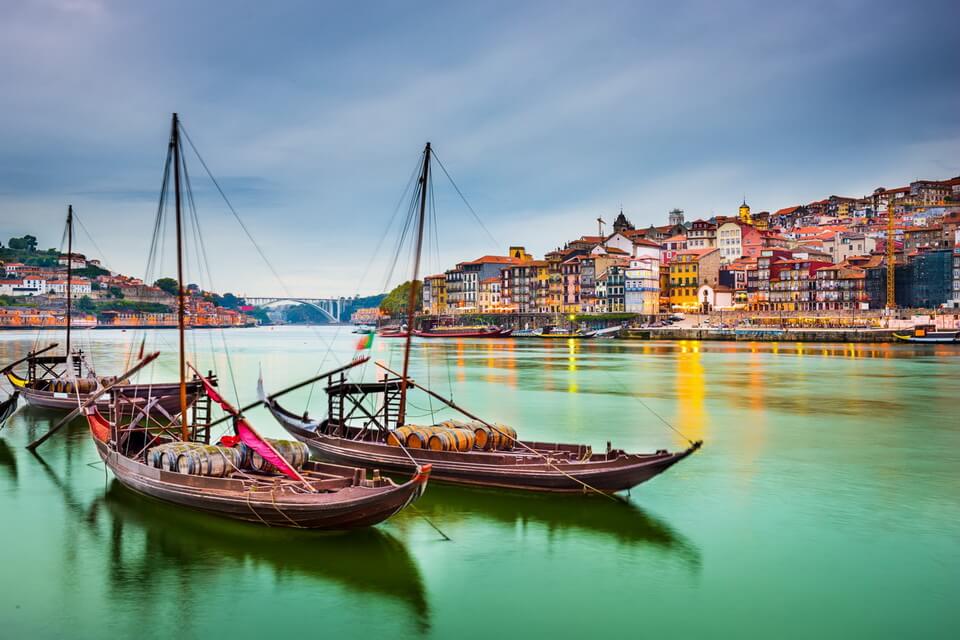
Benefits from investment for overseas settlement
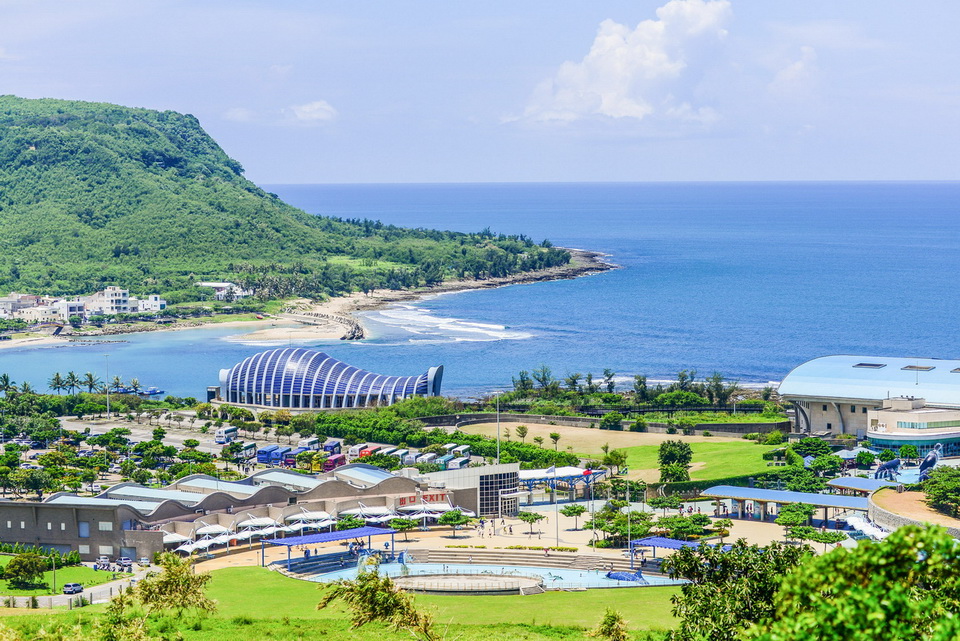
New experiences for travel in Taiwan
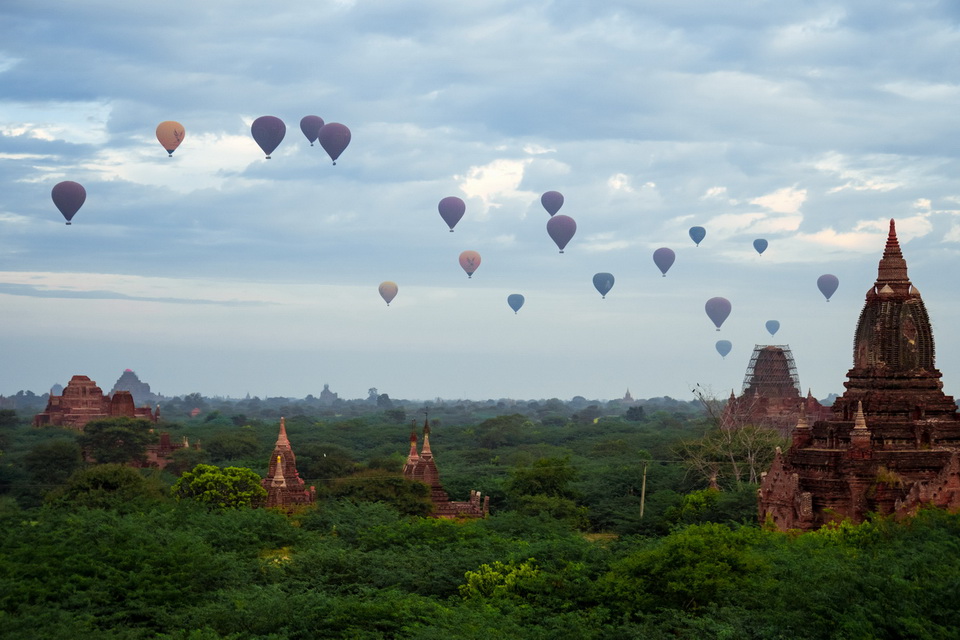
Exploring the ancient city of Bagan
Living a farmer’s life in Ibaraki Prefecture
Let’s live with farmers from the Hiroura Rural Experience Promotion Association in Ibaraki Town!
From cherry blossoms to nemophila, spring in Ibaraki is the season of flowers
Spring is the season of flowers blooming everywhere. This article would like to introduce the places ...
What's so special about experience tours in Ibaraki?
Ibaraki Prefecture is easy to reach from Haneda Airport or Narita Airport. It takes about 90 minutes ...
Where to see the most spectacular Cherry blossoms in this Spring
Spring is here, and so is the countdown to one of the most beautiful blooms of the year: Cherry blos ...
Tet and others spectacular festivals around the world in January 2020
In January 2020, Tet festival in Vietnam and others spectacular festivals around the world are color ...
The best Christmas drinks from around the world
Boozy, warming, and very indulgent – what more do you expect from a Christmas cocktail? Try one of t ...







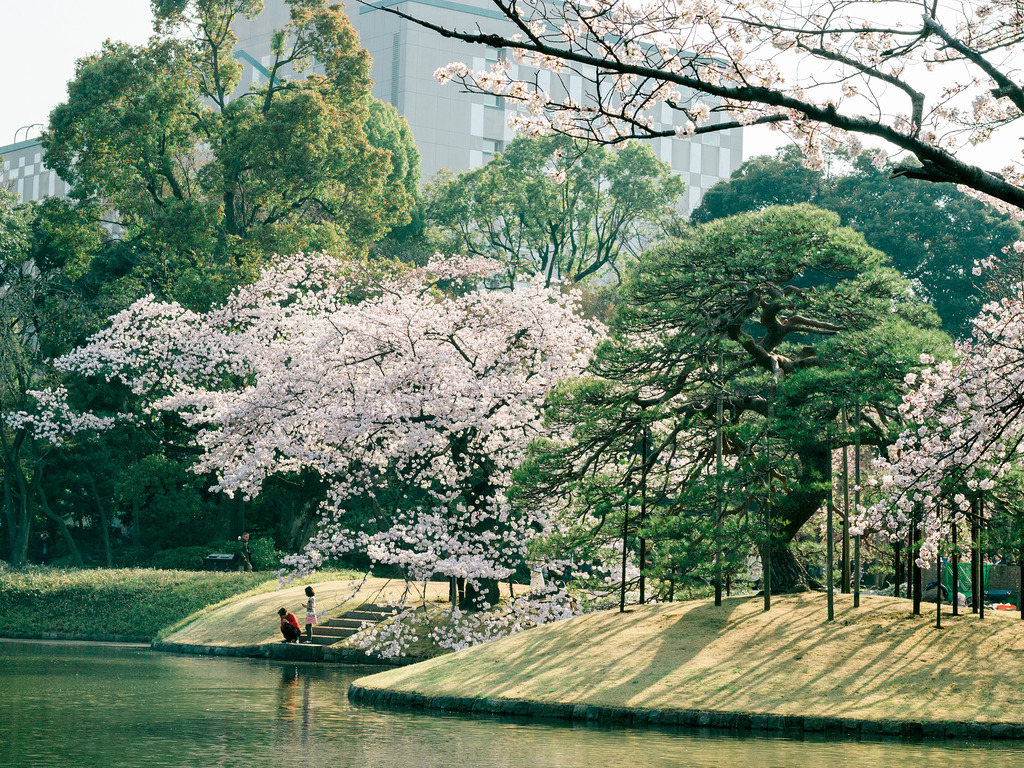
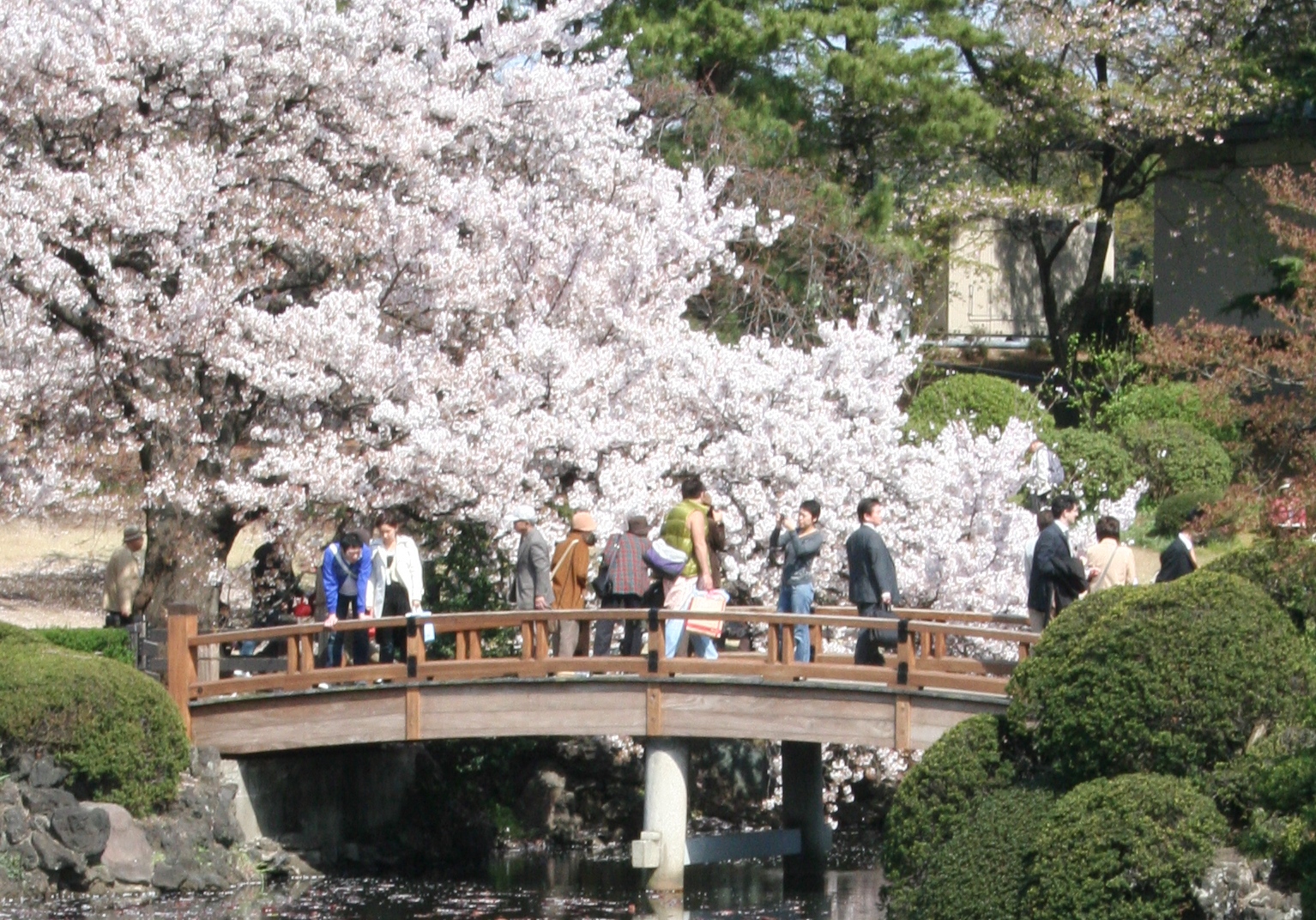
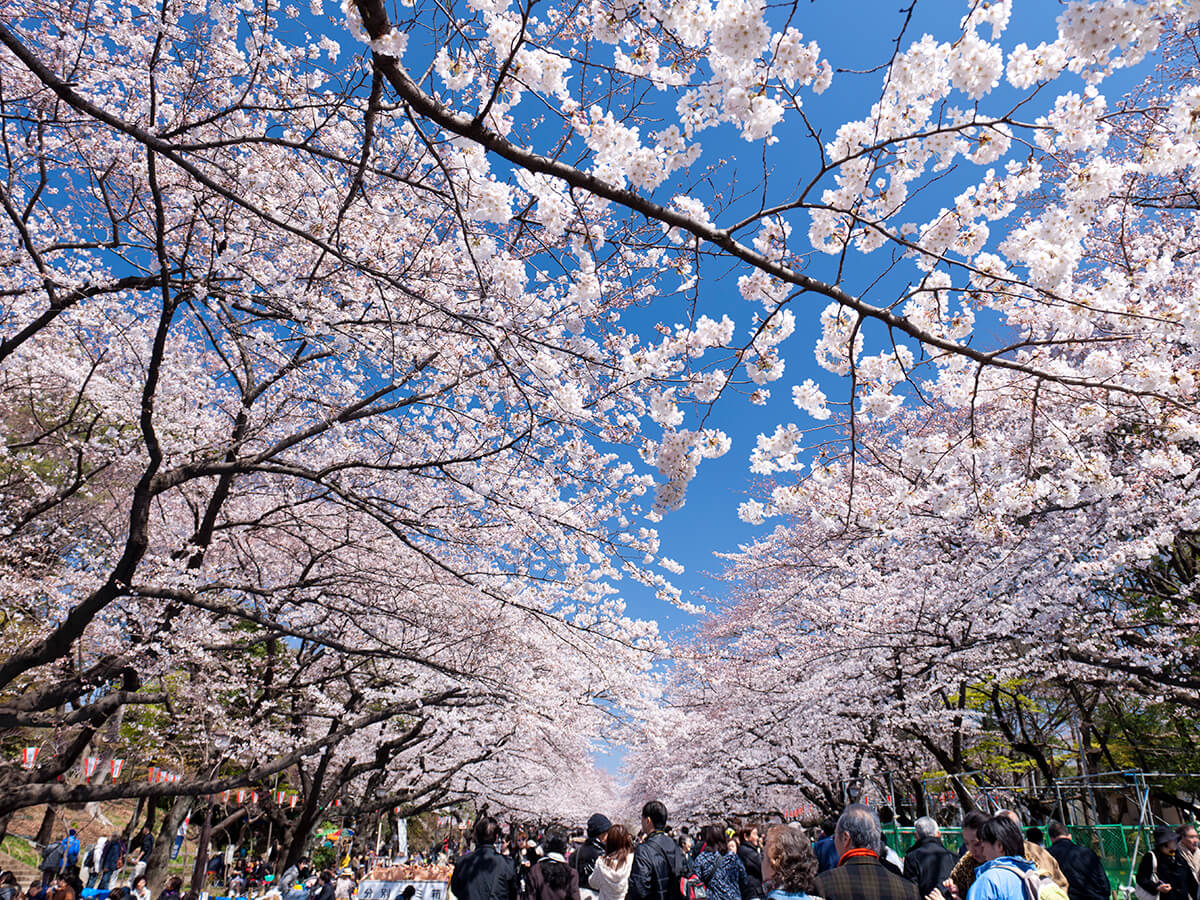

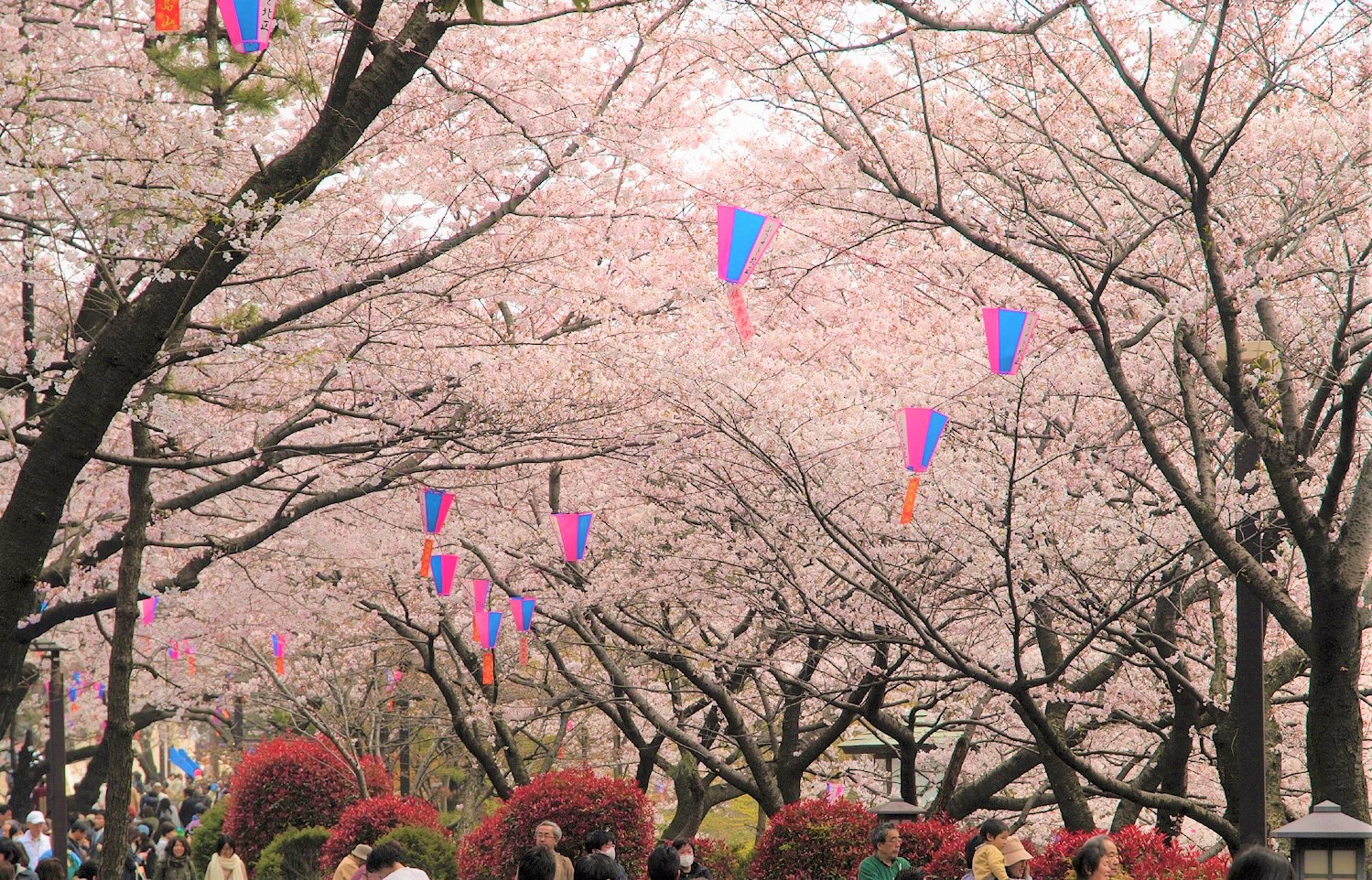
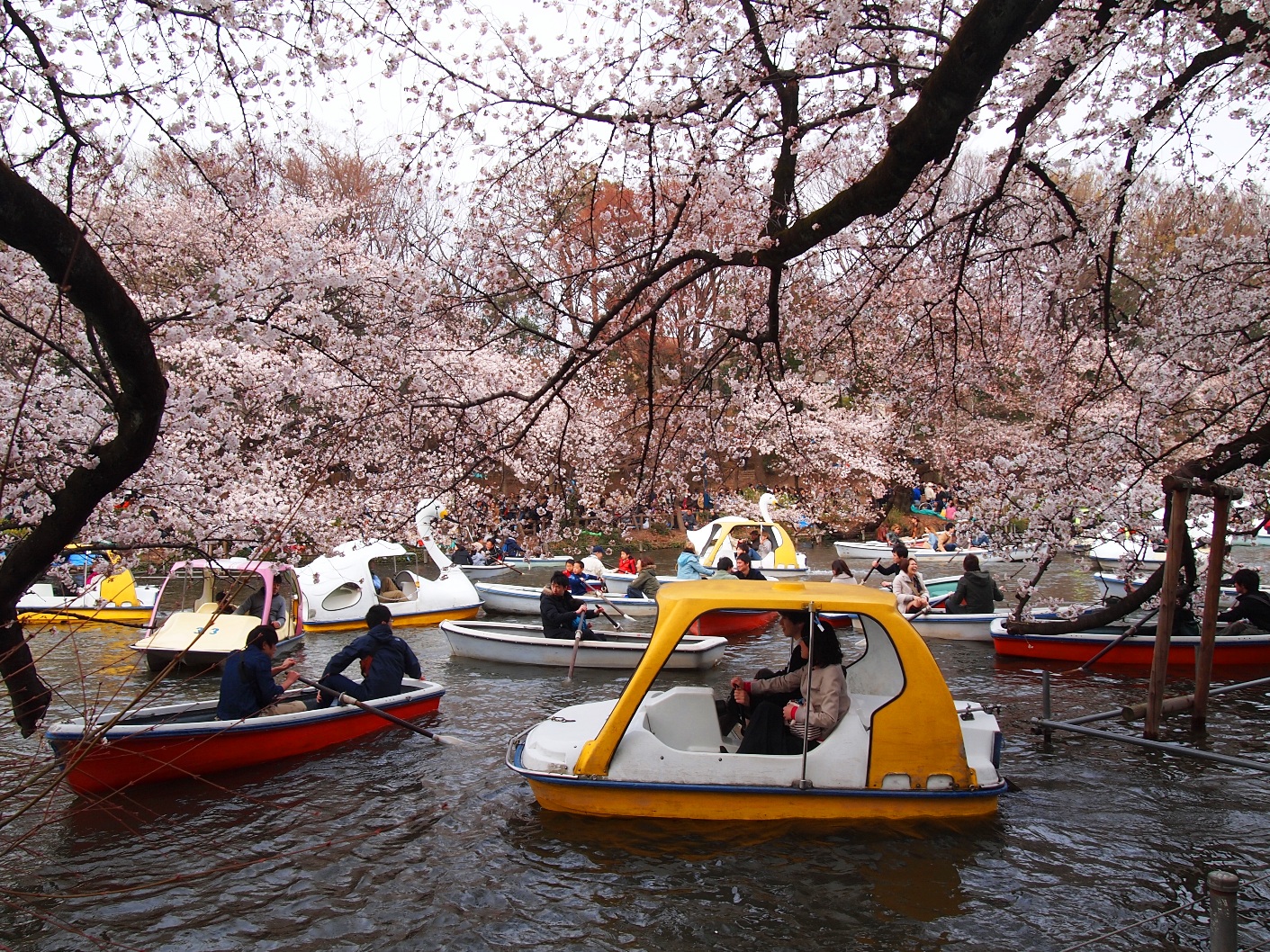
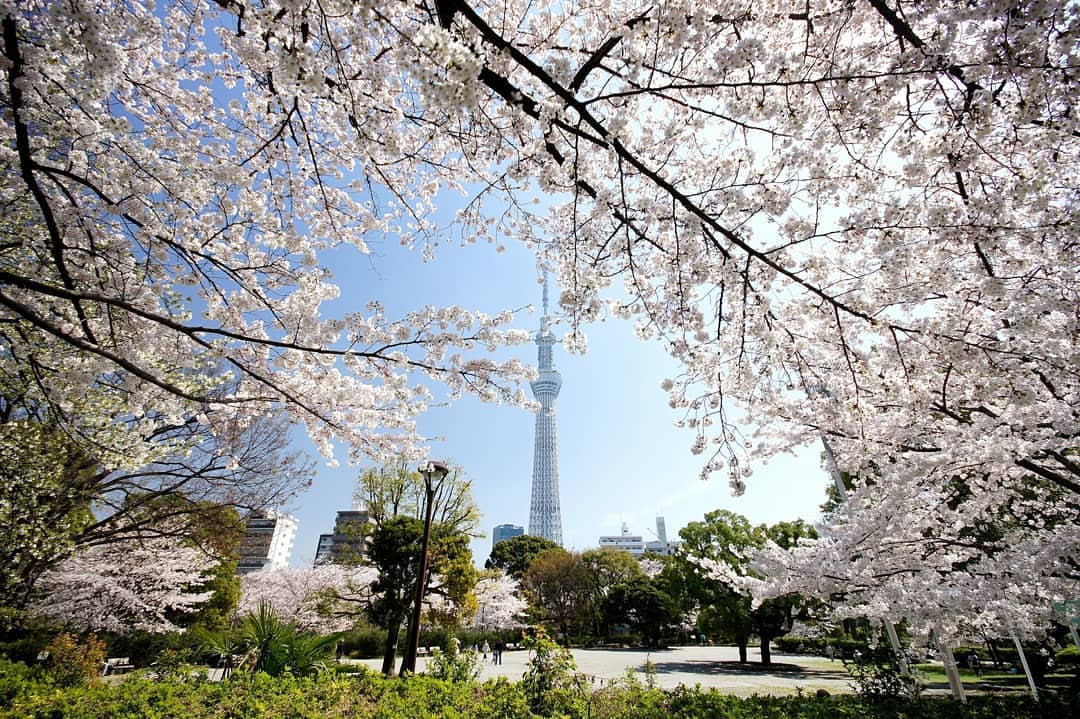
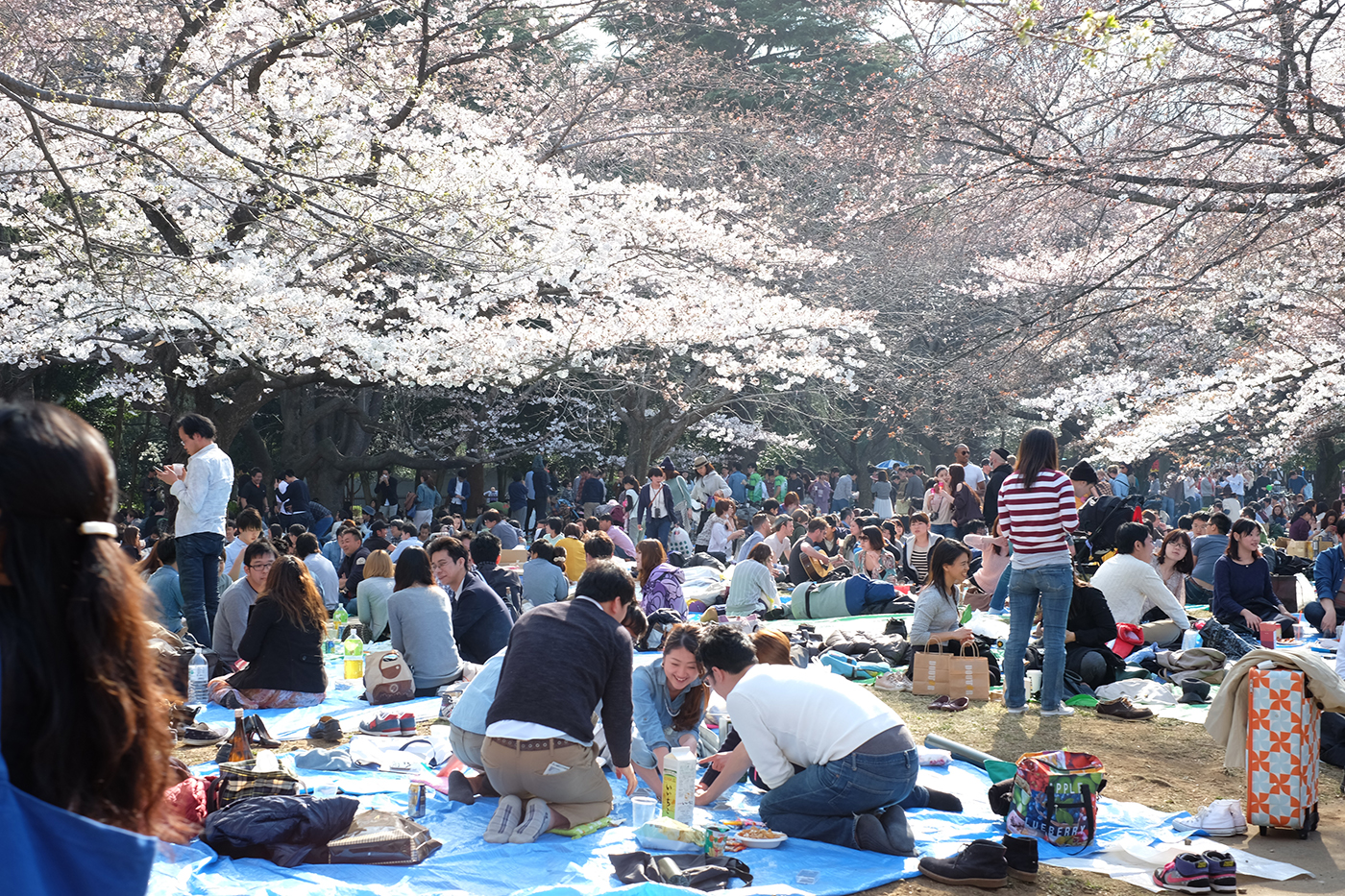

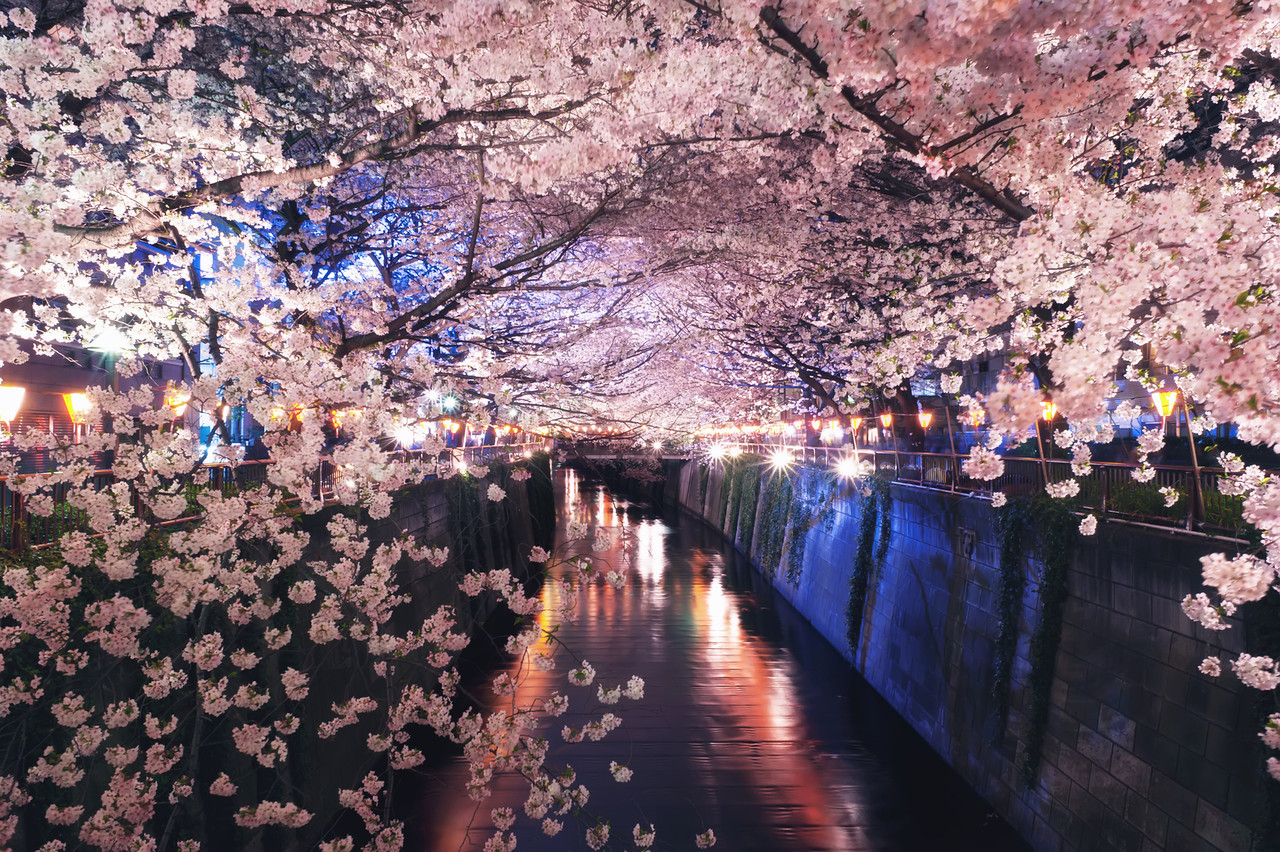
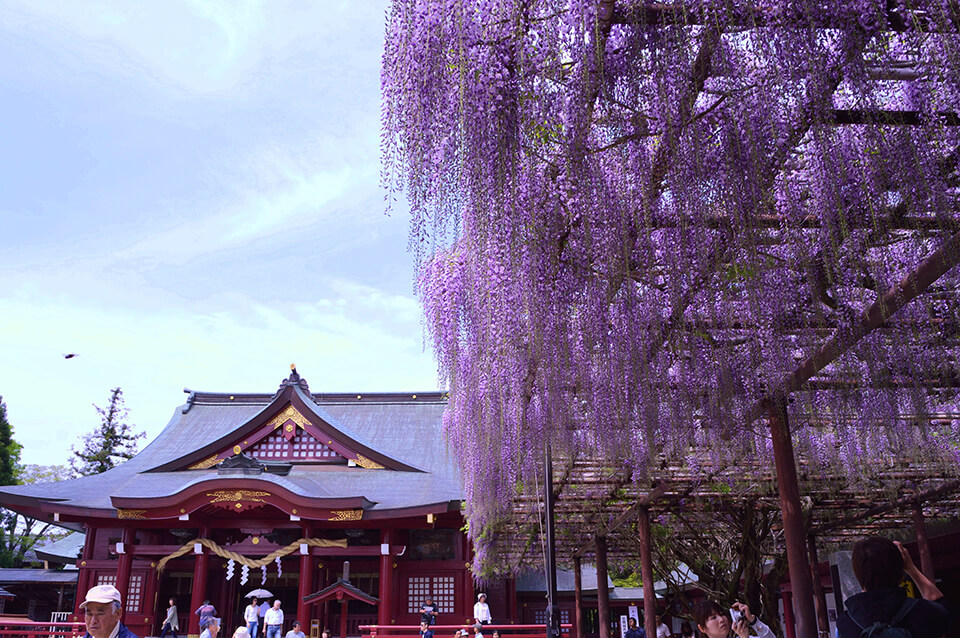
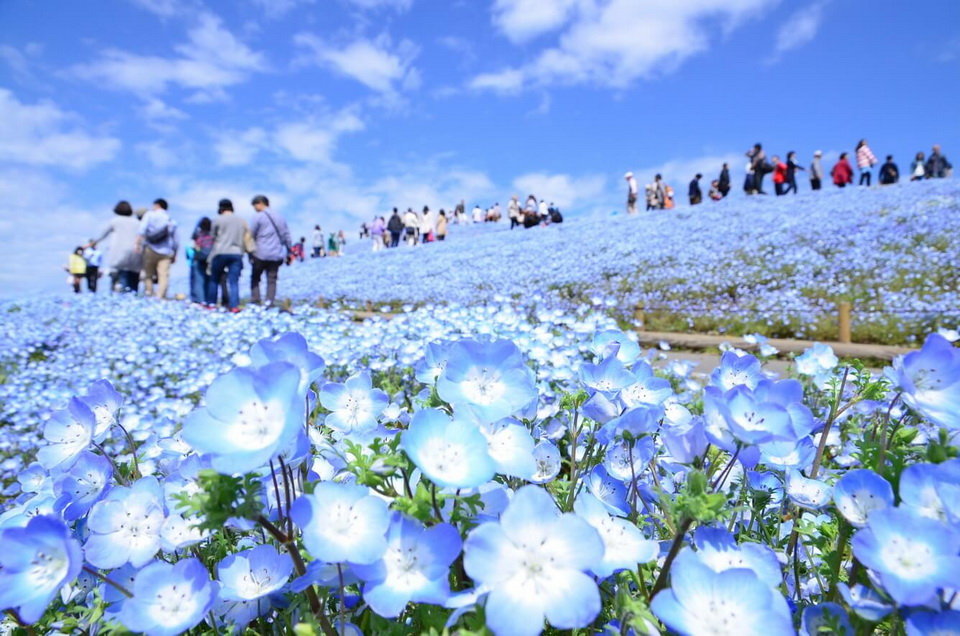
 (1).jpg)
